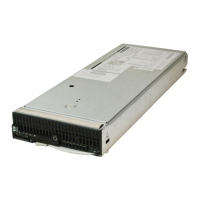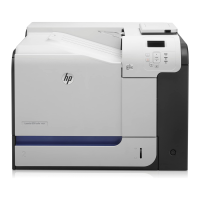Figure 5 Configuring virtual media using the iLO 3 interface
When the EFI Shell starts at the target server, a virtual file system is available with the SSTK boot
files. You can add a new boot entry using the EFI Boot Manager.
Creating a Bootable USB flash device
To create a bootable USB flash device, use the xcopy command to copy the appropriate files
from your workstation to the USB flash device. For example:
xcopy winpe\iso\*.* /s /e /f f:\
Where:
winpe\iso The folder created by the mkbootimg.cmd script.
f: The letter of your USB flash device.
Setting up a network boot environment
The following sections show how to set up a network boot environment for SSTK using the Windows
Deployment Sever (WDS) for Windows Server 2003 SP2.
NOTE: For mid-range and high-end systems, you must manually set the ACPI mode in the EFI
Shell prior to booting for the first time to WinPE.
Figure 6 shows an environment where SSTK is configured in an isolated network with the following
machines:
• A gateway configured as VPN server
• A Proliant DL380 or any compatible x86 system configured as Primary Domain Controller,
DHCP server, and host of the SSTK repository
• A target server connected to the SSTK network
16 Creating an SSTK boot image

